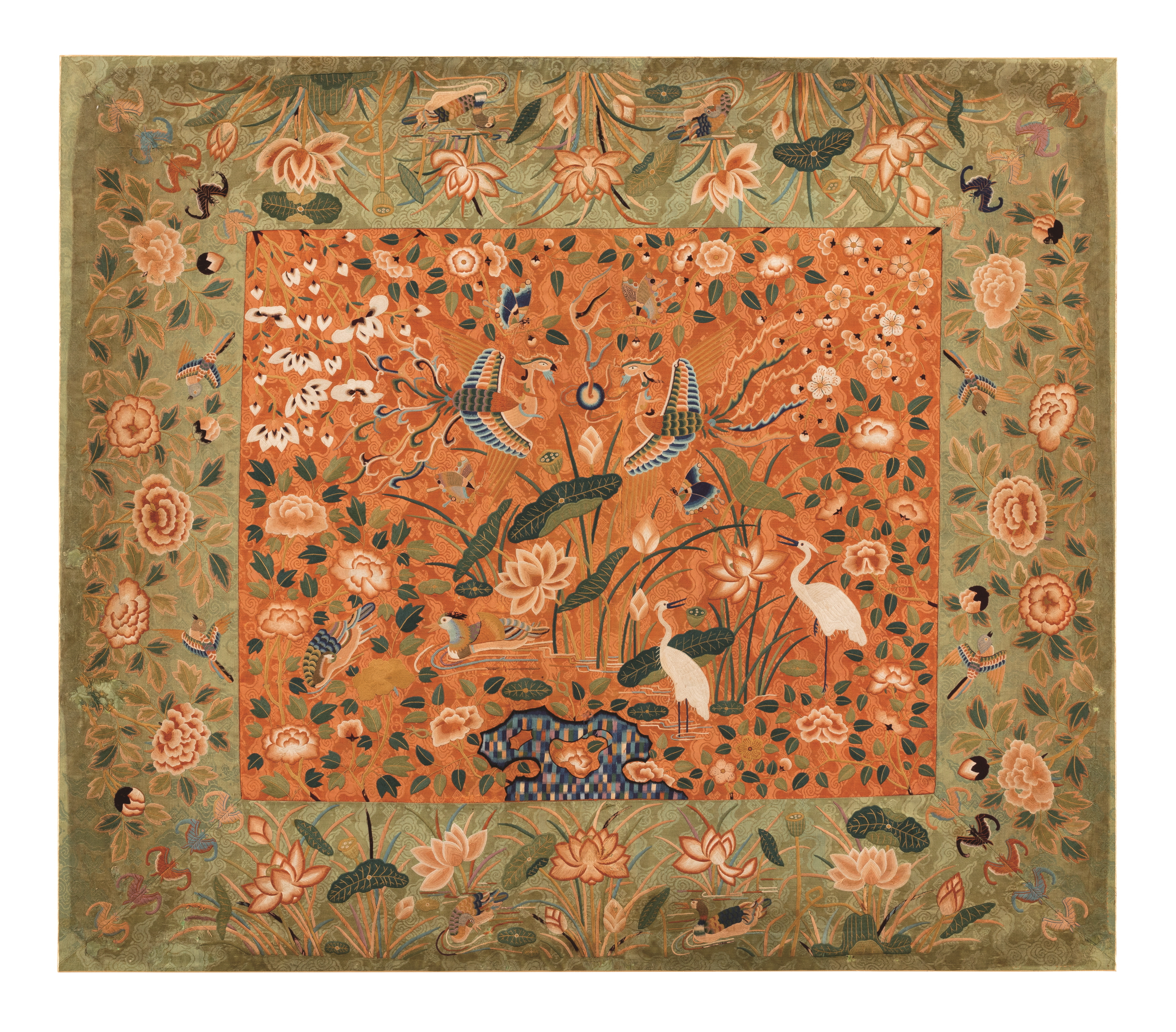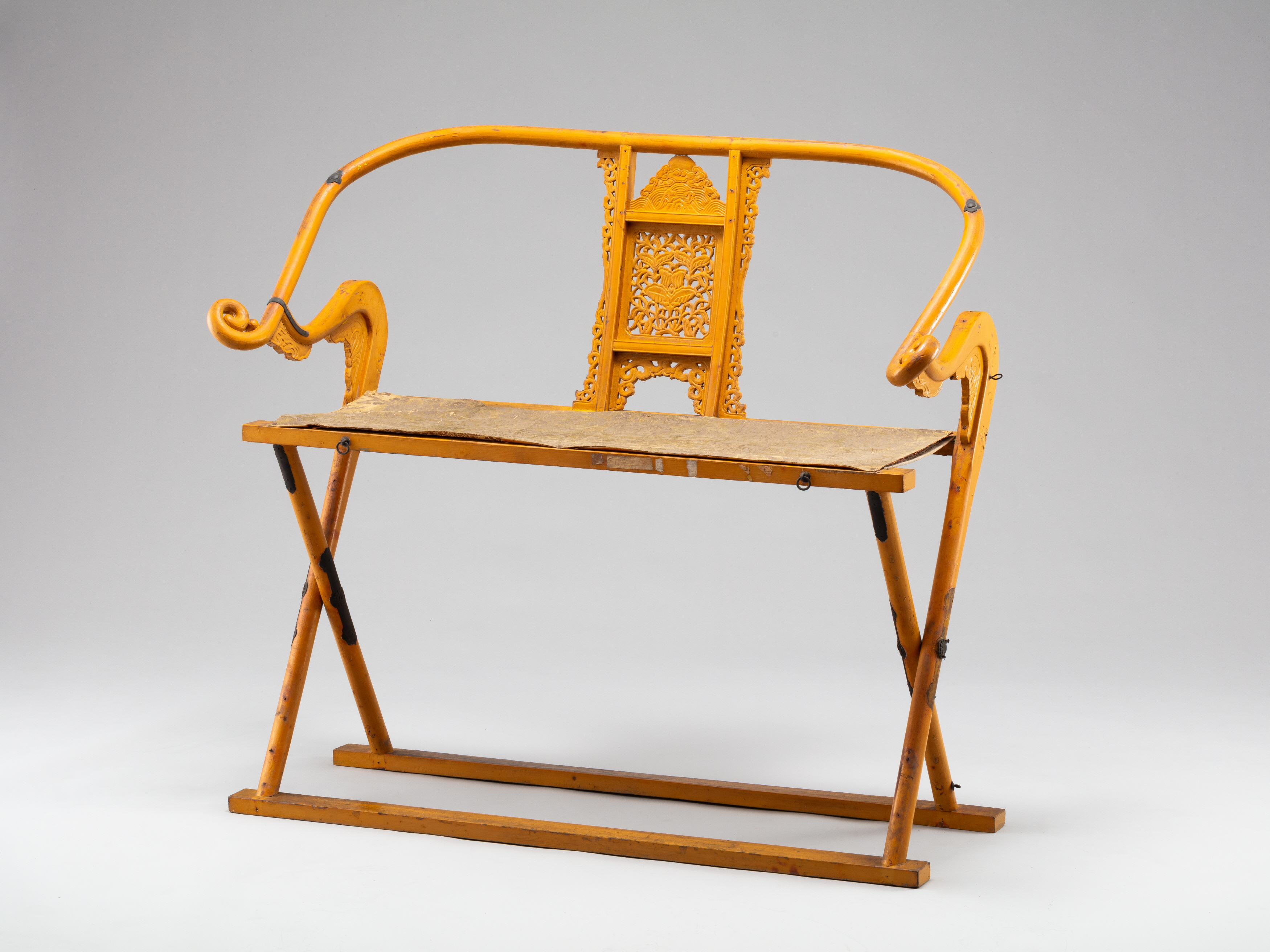모란은 꽃중의 꽃이라 해서 화왕花王이라 하고, 그의 이종사촌 작약은 그 다음 가는 꽃 아왕亞王이라 부른 이유는 무엇보다 이들 꽃이 화려찬란한 까닭이다. 두 꽃 모두 열라 화려찬란하고 향기가 진동하니, 그런 까닭에 모란은 언제나 국색國色의 대명사였다.

실제 그 만개한 모습을 보고 향내에 취하면 혼이 나가니 프로포폴 출현 이전 그 자리는 단연 모란이었다.
더구나 꽃송이도 아주 큰 편이라, 송혜교 김태희 같은 아담 사이즈 미인이라기보다는 180센티미터가 넘은 쭈쭈빵빵 사라포바에 비견하는 꽃이 모란이다.
작약 얘기가 나온 김에, 많은 이가 모란과 헷갈리지만, 모란은 나무요, 작약은 식물이라 그 생태 환경이 다르지만, 문제는 양놈들은 이걸 구별하지 아니해서 다 같은 피오니 peony 라 할 뿐이요, 실제 꽃은 거의 엇비슷하지만, 다만 피는 시기는 모란이 약간 빨라, 그것이 지기 시작할 무렵에 비로소 작약은 피기 시작한다.
나아가 작약은 근간이 약이라, 그 뿌리는 약재료로 애용하지만, 모란은 그렇지를 아니하다.

이 모란이 동아시아 세계에 본격 소개된 시기는 당 현종 개원 천보연간이며, 외래종이라, 산서성 일대에서 들어온 듯하며, 그 이전에 한의학서에 가끔 牡丹 목단 이라는 말이 보이기는 하지만, 우리가 생각하는 모란이 아니니, 앞서 말했듯이 모란은 약용식물이 아닌 까닭에 그 허망함을 단적으로 안다.
그런 까닭에 여러 번 한 말이지만, 당 태종 이세민이 신라 진평왕한테 모란 그림 혹은 모란 씨를 보냈다는 말은 새빨간 거짓말이니, 이세민은 모란이 무슨 개뼉다귀인 줄 안 사람이며 그 실물은 구경조차 하지 못한 사람이라, 그 아들 고종 역시 모란은 구경조차 하지 못했다.
한국문화 특징 중 하나가 뽕뽑기라, 어떤 게 좋다고 소문나면 순식간에 그걸 따라하다가는 이내 시들시들해버리고 마는데 이를 흔히 냄비현상이라 하거니와, 님비와는 다르다는 말은 해 둔다.
모란이 동아시아에는 개원 연간 이후에 비로소 등장하는 까닭에 한반도건 일본열도건, 그 이전 모란은 흔적도 없으니, 그러다가 통일신라시대가 되어 비로소 모습을 드러내기 시작하는데, 그 결정적인 계기를 마련한 이가 백거이였다.
이 노인네 어떤 데서는 모란을 졸라 욕하다가, 또 어떤 데서는 우리 모란이 모란이 침을 질질 흘려서 대체 어느쪽에 장단을 맞춰야 할지 모르겠지만, 아무튼 그는 그의 생전에 이미 동아시아 최고의 월드스타였으니, 요즘의 BTS를 능가하는 인기를 누린 대중스타였다.

그렇지만 모란이 한국문화에서 대세를 점거하는 시기는 이보다 훨씬 시대를 거슬러 내려와 조선후기였으니, 이때는 온통 있는놈 없는놈 모란모란 하기에 급급했으니, 모란을 빼고 나면 한국미술사가 붕괴한다.
방구석 온통 모란 그림을 떡칠을 했으니, 병풍에 쳐바르고, 도자기에 쳐바르고 비름박에 쳐바르고 난리도 보통이 아니었다.
어느 박물관이나 모름지기 한 점 이상 갖추어 전시하기 마련인 유물로 병풍이 있고, 그 병풍에는 꼭 모란 그림을 그려놓았으니, 흔해 빠져서 발길로 채는 게 모란이다.
국립고궁박물관이 그런 모란을 새삼스럽게 들고 나와 좀 새롭게 보겠다 해서 그걸로 전시를 꾸미면서 이름하기를 "안녕, 모란"이라 했다는데, 이 모란은 화려해서 그대로 그런 유물 전시만으로 뽀대는 나지만, 문제는 너무 자주 보는 것이어서 자칫 식상함을 유발할 수도 있거니와, 이런저런 양념 뿌려 ar vr이니 하는 각종 요물을 얽어놓아 손님 오라 그짝 전시과 친구들 개막 이전부터 삐끼질 한창이었다가 마침내 오늘 기자님들 불러다 놓고는 우리 이런 잔칫상 차렸노라 선전한 모양이라
혹 관심 있는 이들은 왕림하기 바라노라.
special Exhibition Peonies: Flowers of Peace and Prosperity to www at the National Palace Museum of Korea
- The Joseon royal court wedding dress from Changdeokgung Palace to meet the public for the very first time, along with 120 other objects on display, from July 7th to October 31st -
The National Palace Museum of Korea(Director Kim, Dong-Young) of the Cultural Heritage Administration holds a special exhibition under the title Peonies: Flowers of Peace and Prosperity, from July 7th to October 31st,. The theme of the exhibition is peonies, embedded in the culture of the Joseon royal court. One of the highlights of this exhibition is a hwarot, a type of bridal gown, which had been housed in Changdeokgung Palace and will be presented to the public for the very first time. Also,a large number of folding screens of peonies will greet the visitors. Special efforts have been made to enchant the visitors with what they see, smell and hear at the exhibition .
Ritual objects and everyday items at theroyal palaces, including clothing, vessels , and furniture, were commonly adornedwith peony designs. This exhibition sheds light on how the Joseon royal court enjoyed peonies as plants and designs and what these flowers symbolized.
The special exhibition Peonies : Flowers of Peace and Prosperityconsists of three sections. ▲ Section I ‘Growing and Enjoying Peonies’, ▲ SectionII ‘Blooming Peonies in Designs’and ▲ SectionIII ‘Peonies Embodying Wishes for a Peaceful Royal Court and a Prosperous Dynasty’.
Section I,‘Growing and Enjoying Peonies’explores the tradition of cultivating, appreciating, and paintingpeonies. The exhibition hall is decorated as a garden with visual effects and flower decorations. Visitors will enjoy representative artworks from the 18-19th century such as the works of Heo Ryeon (1808–1892) and Nam Gye-u (1811–1890), as they walk through the garden, welcomedby a gentle breeze carrying a subtle floral fragrance developed from the fresh peoniesthat bloom in Changdeokgung Palace and entertained by the sounds of chirping birds and falling raindrops.
▲ SectionII,‘Blooming Peonies in Designs’presents a variety of objects bearing peony designs that decorated the royal court andexplores the meaning carried by each piece. These designs not only served a simple decorative function, but also carriedsymbolic implications.The Joseon royal court enjoyed using peonies,which symbolize wealth and honor, as decorative designsand hoped for prosperity and abundance for the Joseon royal family. The peony designs were used in various objects including mother-of-pearl inlayed furniture, box decoratedwith painted ox-horn plate, white porcelain jar in underglaze cobalt-blue and other embroidered objects.
The most dramatic display of its use can be found in royal marital items, including traditional royal wedding dresses, or thehwarot (bridal robe), the royal palanquin and other marital ceremony items. There are two hwarots on display at this exhibition and one of them is the hwarot worn by Princess Bokon (1818~1832), the second daughter of King Sunjo, on her wedding day. This is the only hwarotwhose wearer and date of making are known. The other exhibited hwarot is a traditional piece from Changdeokgung Palace. In the process of preserving the dress, it was found that the paper padding used to shape the gown is actually repurposed test papersfrom a civil service exam held in 1880. The hwarots will meet the public for the first time through this exhibition.
The exhibition space in Section II is divided into two, using a glass wall, to achieve both the separation of space and visual continuity. This helps to better showcase the diverse types and the wide range of objects on display. The front area of the exhibition hall is designed to appear as if visitors were inside one of therooms in thepalace. Furniture and accessoriesare arranged enclosed by walls incorporating the traditional lattice doorsof palace architecture and are caressed by the lighting falling from the ceiling.The royal marital items are displayed along with a media art installation utilizing diversemotifs from hwarot that is replete with embroideredfloral designs, including peonies. It aims at conveying the wishes for good fortuneembodied in the designs to all the visitors.
▲ SectionIII, ‘Peonies Embodying Wishes for a Peaceful Royal Court and a Prosperous Dynasty’highlights peonies as they were used in funeral ceremonies and rituals to honor the ancestors in the royal court. The exhibition introduces how the peony design was used in the different stages of royal funeral rites, in the royal protocols, chair for laying a spirit tablet, palanquin for transporting a spirit tablet, incense burner and the folding screen with peonies. The highlight of Section III, no doubt, is the folding screen with peonies, which was used throughout the entire stage of a funeral rite, baring wishes for peace and prosperity for the royal court. The exhibition space is surrounded by folding screens withpeonies, which are placed much closer to the glass walls, so that the visitors can see the details up close. Towards the end of Section III, a space depicting a shrine has been set up, where the ancestral rituals honoring the deceased kings with royal portraitswere held. The folding screens with peony designs, incense burners, royal chair for laying a spirit tablet and royal protocols are arranged together to help visitors better understand the special relationship between the peonies and the ancestral rites of the royal court.
Visitors must make on-line reservations or register off-line to see the special exhibition at the National Palace Museum. The number of daily visitors from both on-line and off-line registration may not exceed 100 persons per hour and a total of 1000 persons per day, due to COVID 19. Also, please note the following. ▲ No group tours are allowed. ▲ All visitors must wear a mask and check their temperature upon entry to the museum. ▲ All visitors must follow the designated route for viewing the exhibition.
Just as theJoseon royal court wished for peace and prosperity through the beautiful peonies, the special exhibitionPeonies: Flowers of Peace and Prosperity, by the National Palace Museum of the Cultural Heritage Administration, carries the hopethat we will soon regain our peaceful and beautiful life, overcoming the unprecedented challenges of the pandemic.
'NEWS & THESIS' 카테고리의 다른 글
| 물이 넘치기를 기다린 경복궁 똥통 (1) | 2021.07.08 |
|---|---|
| 경복궁 화장실 (0) | 2021.07.08 |
| 바지 내렸는데 누군 속옷 선물받고, 내리다 만 나훈아는??? (0) | 2021.07.04 |
| 해발 618미터 장수 산꼭대기에서 돌발한 물탱크 (0) | 2021.07.03 |
| 두개골로 재림한 사비도읍기 백제지배층 (0) | 2021.07.02 |




댓글